Hold the Door: Radical Contemporary Women Printers
About the Artist
Artist Statements
A Monument to What Remains
A Monument to What Remains commemorates the overlooked moments and everyday experiences that often go unrecognized or forgotten, raising questions about what is deemed worthy of remembrance—and who gets to make that decision. The project consists of six accordion books, each featuring a phrase on both sides. Readers can engage with each book individually or connect them into a sculptural form measuring 24 inches tall by 91 inches wide, using custom acrylic disks. The reader has the freedom to decide the order in which the phrases are assembled, making each version of the monument a unique act of personal and collective memory. Through this interactive structure, the work invites reflection on how history is shaped, assembled, and preserved.
We Are Not Amused
We Are Not Amused was designed and written by Julie Chen. It was printed in the summer of 2025 using historical magnesium and wood blocks from the Enquirer Collection at the Hamilton Wood Type & Printing Museum. Selected blocks, primarily from the Circus and Amusement Park sections, feature depictions of women and were intentionally chosen to juxtapose early-to-mid 20th-century gender norms with contemporary female experiences.
Bright, lurid ink colors evoke the spectacle and superficial cheer of circuses and amusement parks, while simultaneously reflecting the sensory and emotional overload many women face today. The aesthetic chaos parallels a broader cultural landscape in which civil rights are being eroded and definitions of gender and identity are increasingly constrained. By combining vintage imagery with modern context, the book challenges viewers to reflect on the persistent tensions between entertainment, objectification, and societal expectations of women.
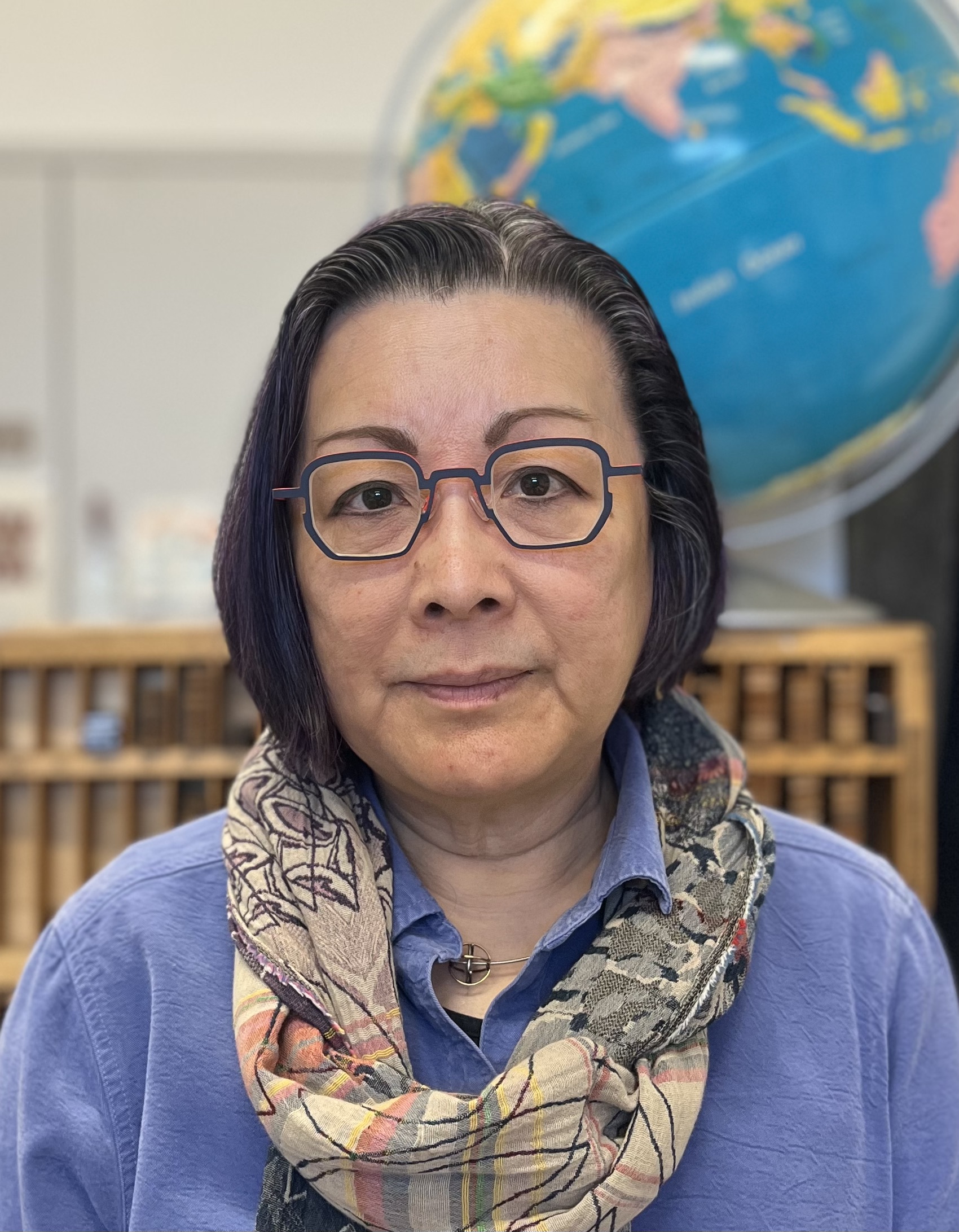
Artist:
Social media: @flyingfishpress
Website: https://flyingfishpress.com/
Exhibition
Hold the Door: Radical Contemporary Women Printers
Bio:
Julie Chen is a Vilas Distinguished Achievement Professor at the University of Wisconsin–Madison. She is an internationally recognized book artist and founder of Flying Fish Press, where she has been publishing limited-edition artists’ books for over 36 years. Her books have been featured in numerous solo and group exhibitions at such places as the National Museum of Women in the Arts, Washington, D.C. and the Jack Ginsberg Centre for Book Arts, Johannesburg, SA. Her work is held in major collections worldwide, such as the Library of Congress, the Victoria and Albert Museum, and the Metropolitan Museum of Art. She was a featured artist in the PBS series Craft in America (2009) and in the feature length documentary The Book Makers (2020).

A Monument to What Remains
2024
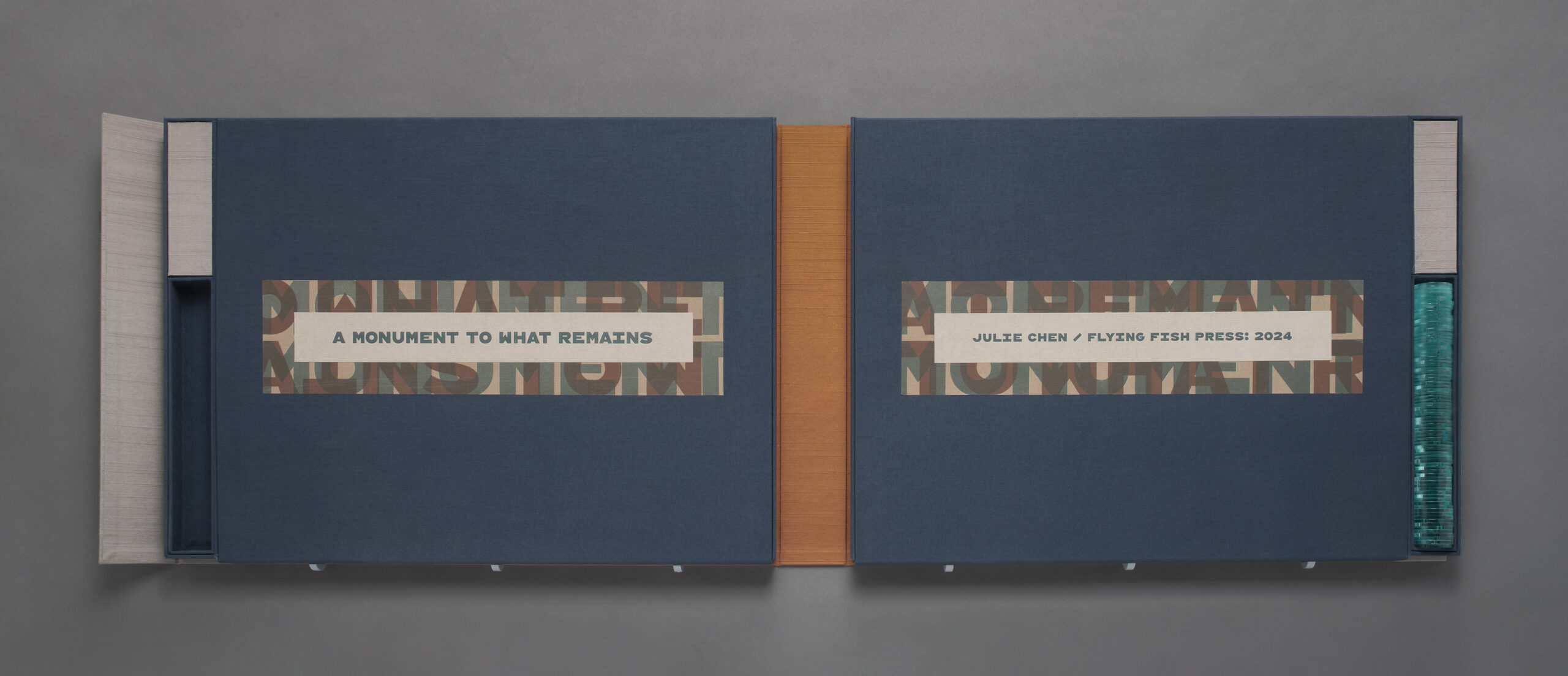
A Monument to What Remains
2024

A Monument to What Remains
2024
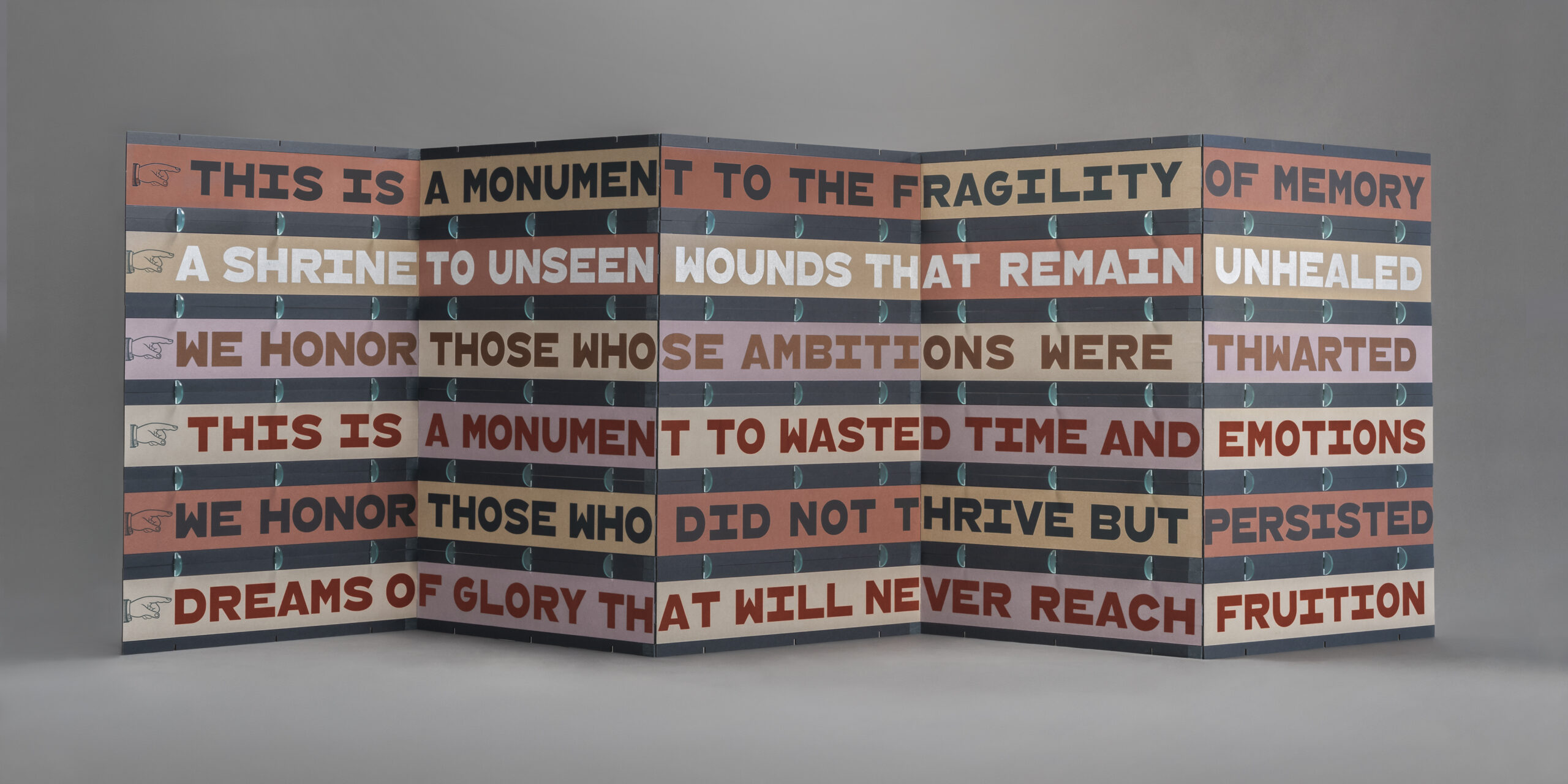
A Monument to What Remains
2024

We Are Not Amused
2025

We Are Not Amused
2025
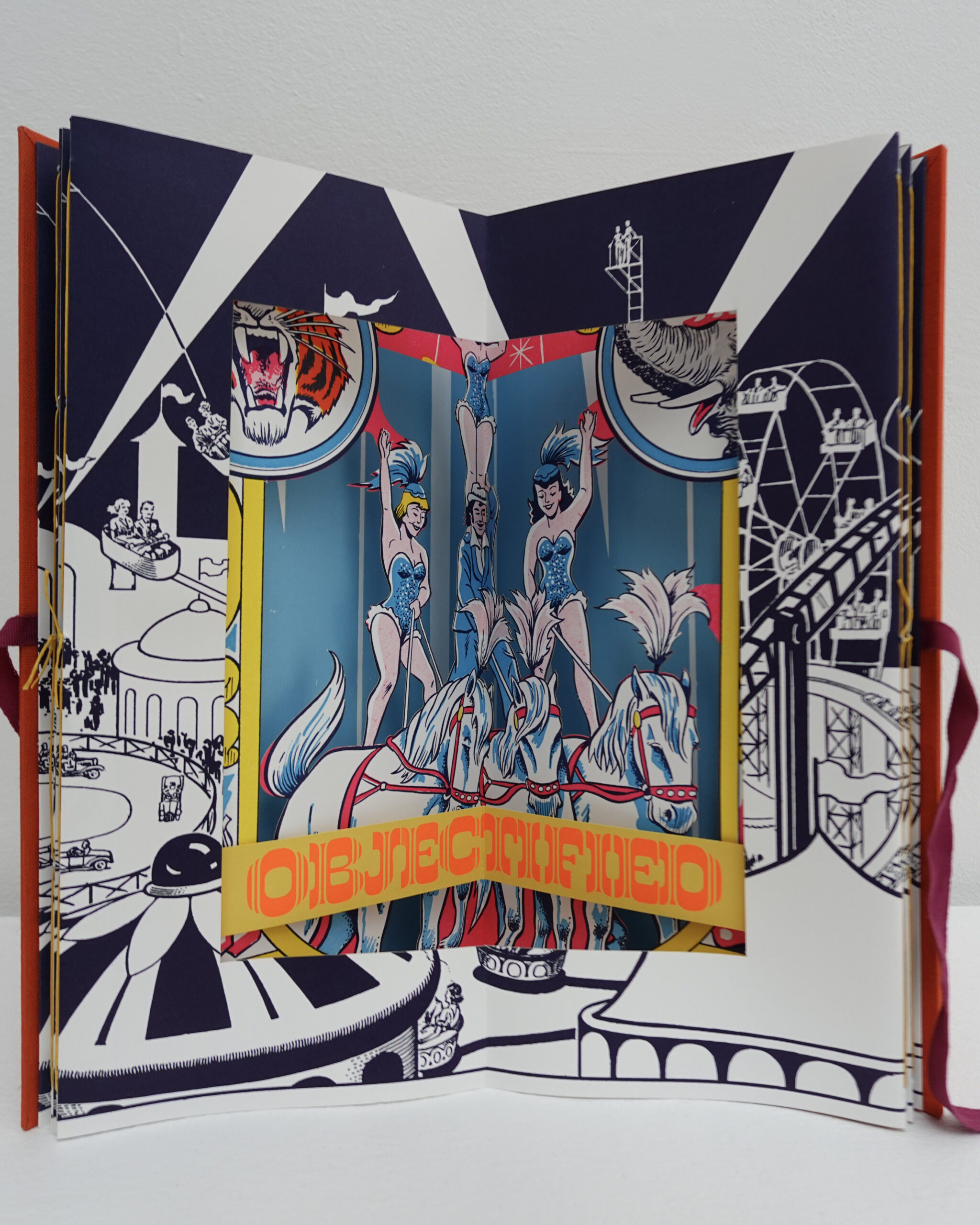
We Are Not Amused
2025
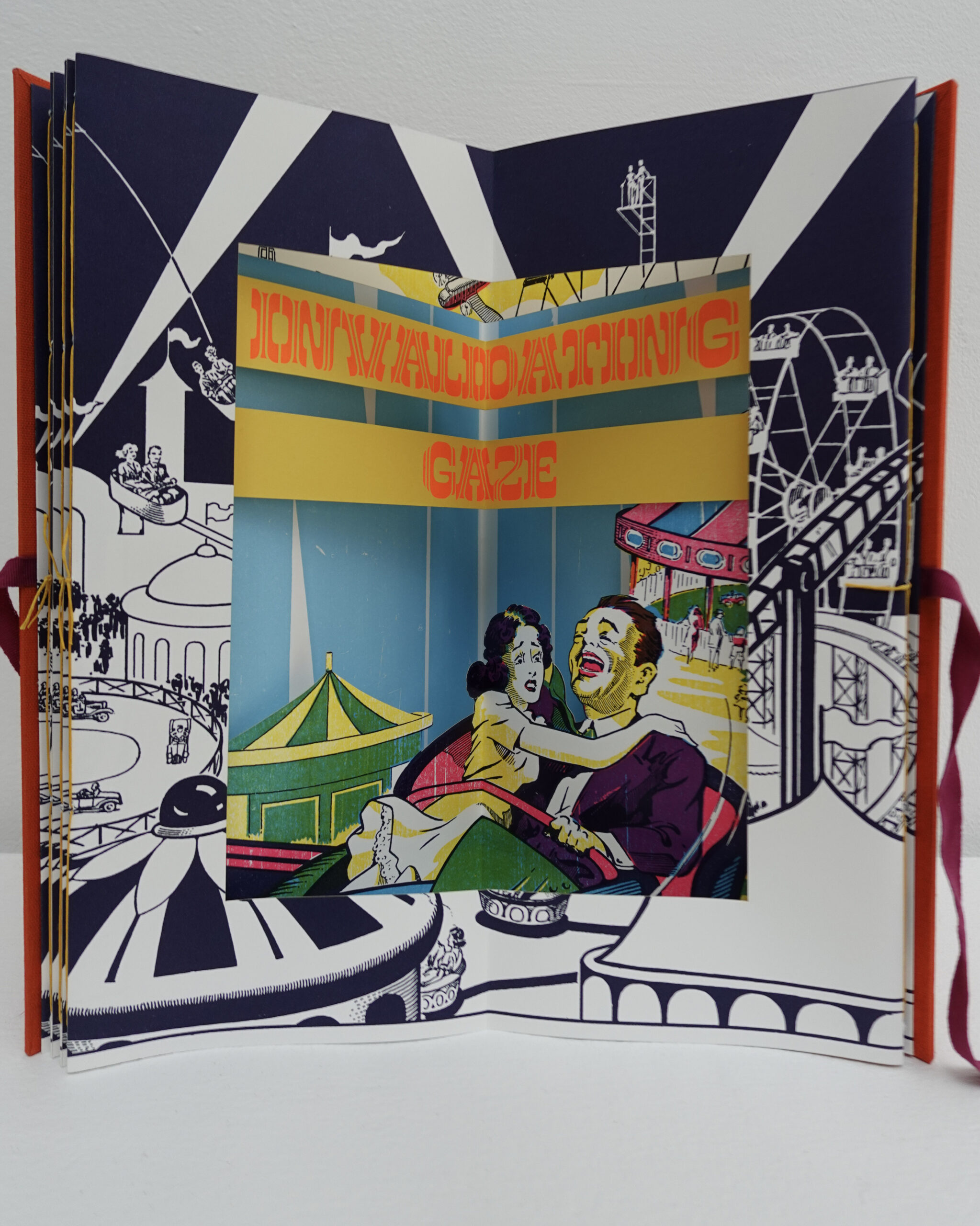
We Are Not Amused
2025
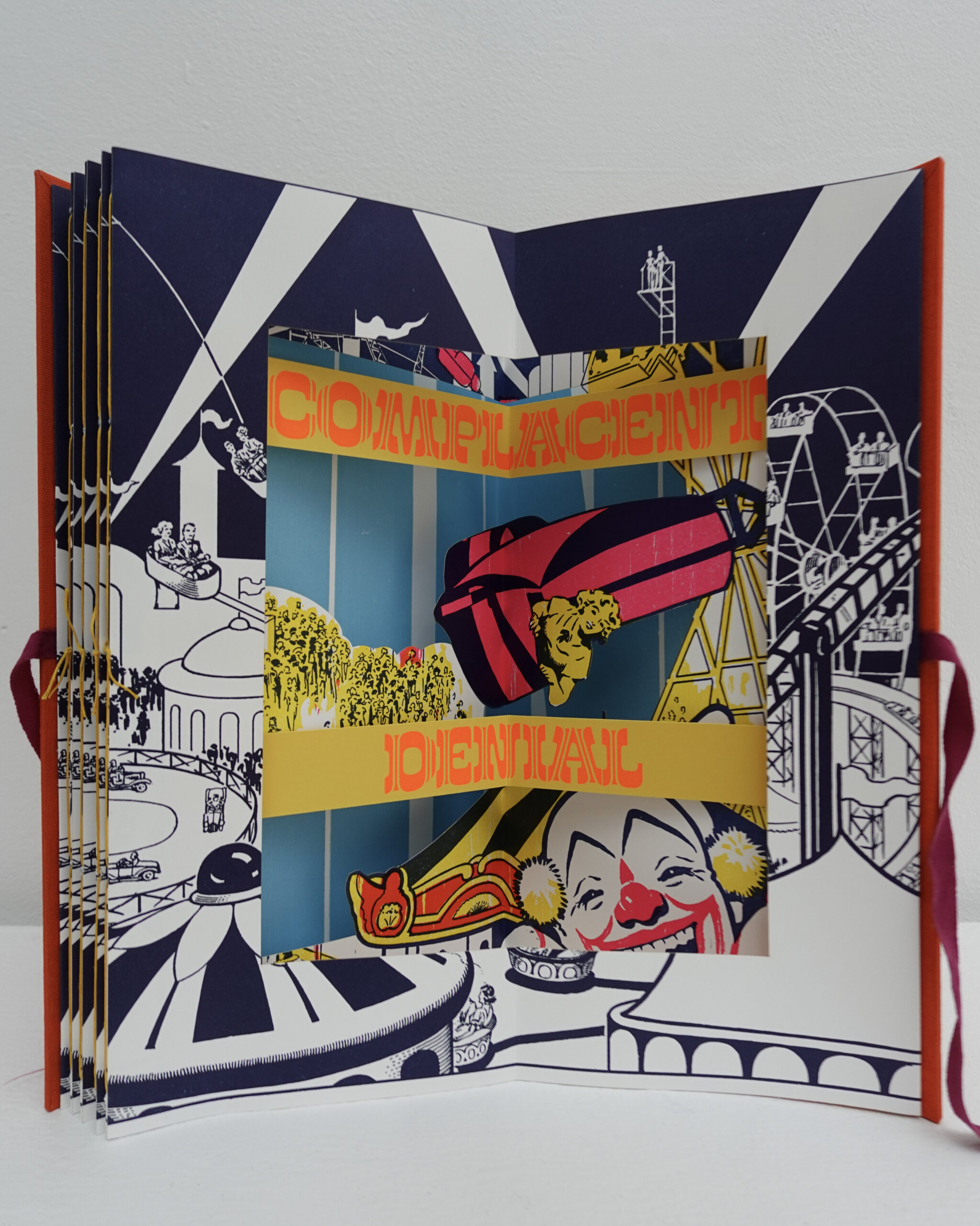
We Are Not Amused
2025

We Are Not Amused
2025
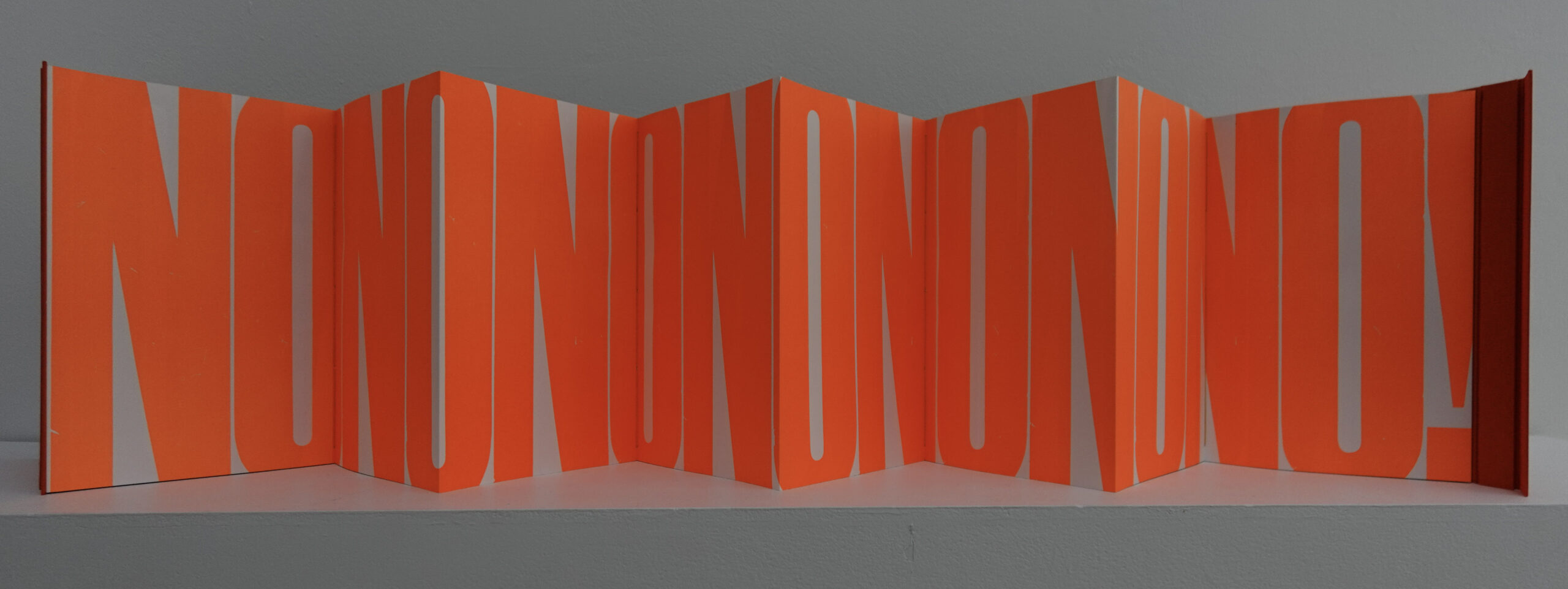
We Are Not Amused
2025
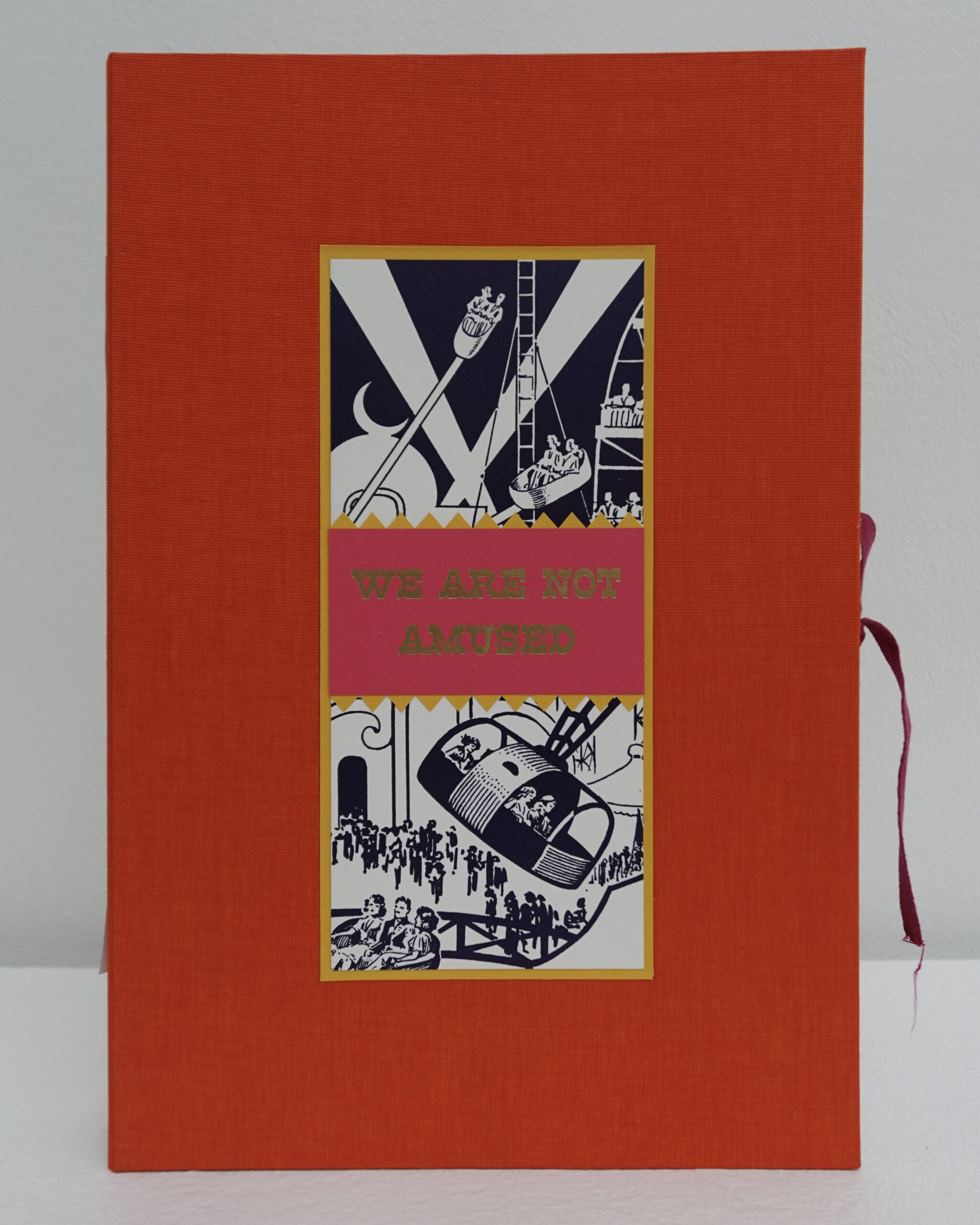
We Are Not Amused
2025
